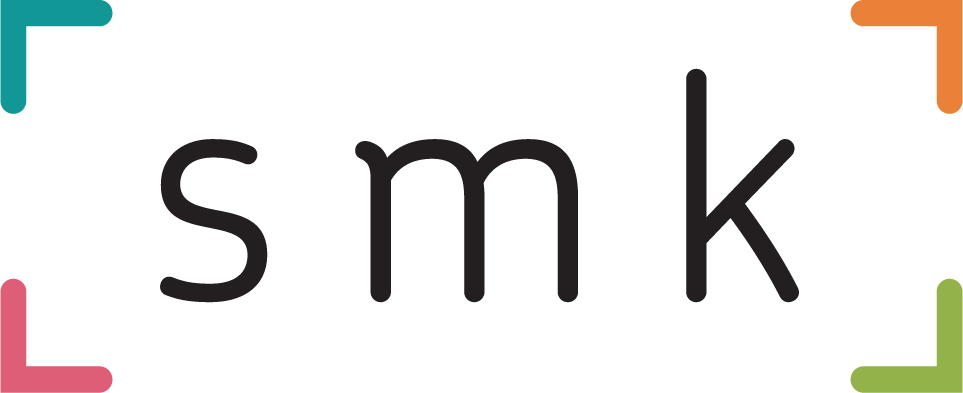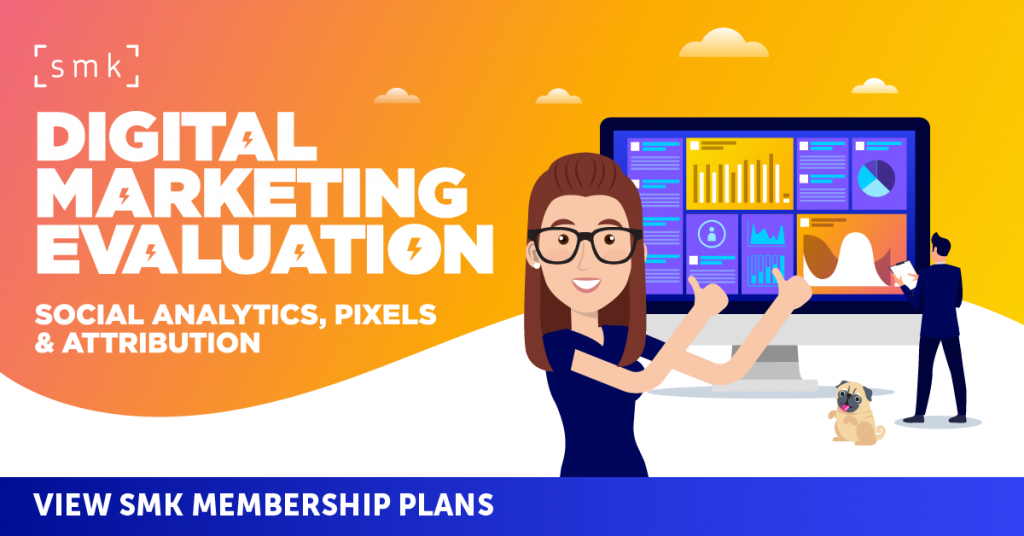Branded Content Posts Surge, While Influencers Make It Rain
A recent study from UM suggests that only 4% of consumers trust influencer posts on social media.
Now, whether this is, in itself, legitimate, and not merely a headline-grabbing PR piece from UM is debatable.
However, the implied lack of trust doesn’t seem to be slowing the pace down.
According to a recent report from Social Bakers, the numbers of influencer posts containing #ad increased 120% over the last 12 months.
Sponsored Content posts are also up over 150% year on year, while the number of influencers using #ad is also up 133%.
Depending on how you interpret these stats, they may not necessarily suggest an increase in influencer marketing volume, but rather an increase in disclosure.
Good practice, and increasingly the law, requires clarity around commercial influencer tie-ups.
That said, it is likely to be both, given the ‘hockey-stick’ growth forecast for influencer marketing over the next 2-4 years.
Micro-influences, Macro-influencers & Celebrities
Influencers are often classified by audience size.
For this study, Social Bakers break out as follows:
- Micro-influencers <10,000
- Macro-influencers<50,000
- Celebrities >1,000,000
Generally speaking, larger influencers appear more likely to use #ad than smaller influencers. 26% of celebrity influencers have used #ad, compared to only 6% of macro-influencers.
Again, this could be a disclosure issue, with bigger ticket influencers being more clued up. Alternatively, due to wider partner relationships with brands.
Be Young, Lithe, Magnificent Or Go Home
Age and demographics play their part in influencer-land.
Female influencers between the ages of 25-34 gather the largest share of followers, 23% of all total influencer followers.
Female influencers between the ages of 18-24 take second place, and male influencers between the ages of 25-34 come third.
When it comes to interactions distributed by age group, we see a similar pattern. Female influencers 25-34 receive the largest share of interactions, but engagement for female influencers between the ages of 18-24 takes a close second place.
Curiously, outside of Dwayne ‘The Rock’ Johnson; bald, middle-aged men, don’t seem to do so well. Go figure.
Now, back to UM’s stat, if consumers do not trust influencer posts, they certainly don’t seem to mind interacting with them.
According to Social Bakers data, regular Instagram posts and those tagged #ad generate essentially the same median engagement rate, circa 400 engagements.
Influencer Marketing By Vertical
When viewing influencer marketing by vertical, it naturally skews to the more aesthetic.
308,865 influencers are working with Fashion brands. It is the primary industry.
However, the most mentioned industry by influencers is the Beauty industry with 4.9 million mentions.
Outside of fashion and beauty influencer marketing, the report suggests growing uptake in other verticals, breaking out the following industries by 2018 influencer mentions:
- Beauty = 4,851,949
- Fashion = 1,688,453
- Ecommerce = 822,240
- Retail = 562,589
- Sporting Goods = 568,945
- Services = 357,233
- Electronics = 496,499
- Retail Food = 116,230
- FMCG Food = 190,005
- Accommodation = 142,182
For many businesses, to what extent influencer marketing is a priority is clearly impacted by desired target audience/demographic and even industry vertical.
However, given the evolving digital landscape and the continued deterioration of the traditional media landscape, it will likely come to all in time.
After all, from a marketer’s perspective, what is a journalist at the FT, but a content producer who has the attention of a coveted audience.
In other words, an influencer.



RECOMMENDED FOR YOU
Google Introduces New Generative AI Video Tools
Google has recently enhanced its creative tools by integrating…
Google has recently enhanced its creative tools by integrating…
Facebook Goes All In On Vertical Video
As the digital landscape evolves, Facebook’s introduction of a…
As the digital landscape evolves, Facebook’s introduction of a…
Meta Releases Massive Upgrade for Advantage+ Suite of AI-Powered Tools
Meta has released a massive upgrade for its Advantage+…
Meta has released a massive upgrade for its Advantage+…